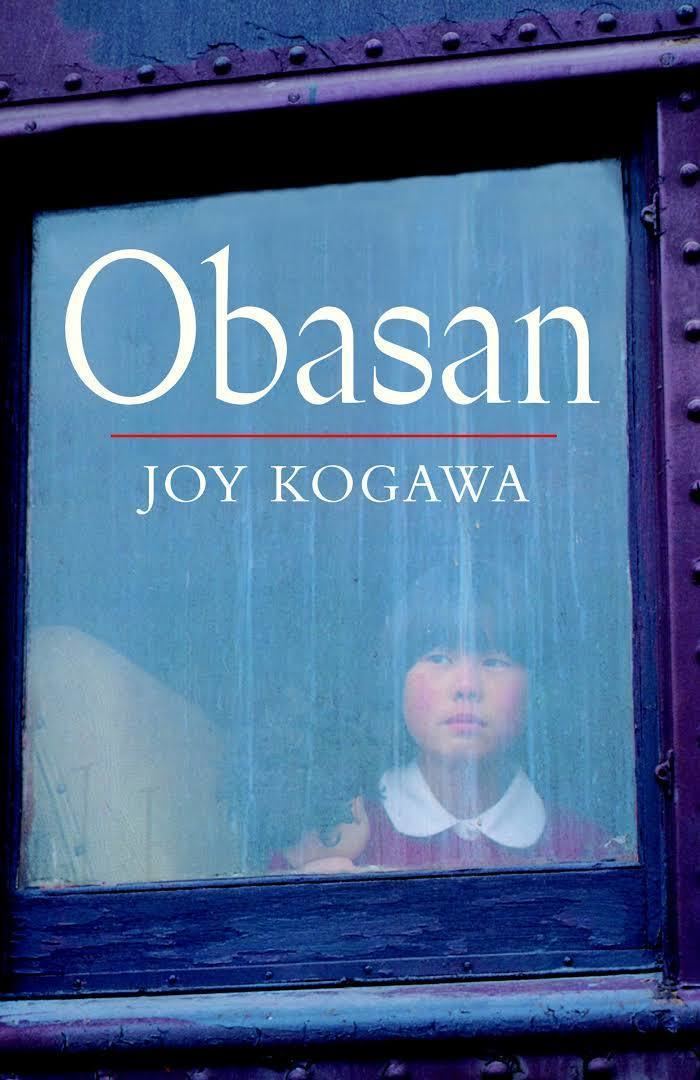7.2 /10 1 Votes7.2
Publisher Lester & Orpen Dennys Originally published 1981 Page count 279 | 3.6/5 Goodreads Language English Publication date 1981 Awards American Book Awards | |||||||||||||||||||||||||||||||||
 | ||||||||||||||||||||||||||||||||||
Subject Canadian history, World War II history, Asian studies Characters Megumi Naomi Nakane, Grandma Kato, Sam Nakane Genres Fiction, Novel, Children's literature Similar Works by Joy Kogawa, Canada books, Novels | ||||||||||||||||||||||||||||||||||
i think it s miraculous joy kogawa talks about the legacy of obasan
Obasan is a novel by the Japanese-Canadian author Joy Kogawa. First published by Lester and Orpen Dennys in 1981, it chronicles Canada's internment and persecution of its citizens of Japanese descent during World War II from the perspective of a young child. In 2005, it was the One Book, One Vancouver selection.
Contents
- i think it s miraculous joy kogawa talks about the legacy of obasan
- Obasan book talk
- Plot
- Characters
- References
The book is often required reading for university English courses on Canadian Literature. It also figures in Ethnic Studies and Asian American Literature [sic] courses in the United States.
Kogawa uses strong imagery of silence, stones and streams throughout the novel. She has lots of interesting dreams that are carried throughout the novel as well. Themes depicted in the novel include memory and forgetting, prejudice and tolerance, identity, and justice versus injustice. Kogawa contemplates many of these themes in her poetry as well.
Obasan book talk
Plot
Set in Canada, Obasan centres on the memories and experiences of Naomi Nakane, a 36-year-old schoolteacher living in the rural Canadian town of Cecil, Alberta, when the novel begins. The death of Naomi's uncle, with whom she had lived as a child, leads Naomi to visit and care for her widowed aunt Aya, whom she refers to as Obasan (Obasan being the Japanese word for "Aunt" in this context). Her brief stay with Obasan in turn becomes an occasion for Naomi to revisit and reconstruct in memory her painful experiences as a child during and after World War II, with the aid of a box of correspondence and journals sent to her by her Aunt Emily, detailing the years of the measures taken by the Canadian government against the Japanese citizens of Canada and their aftereffects. With the aid of Aunt Emily's letters, Naomi learns that her mother, who had been in Japan before the bombing of Pearl Harbor, was severely injured by the atomic bomb dropped on Nagasaki; a finding which changes her perspective of the 'War in the Pacific', and rekindles the heartbreak she experienced as a child.
Naomi's narration thus interweaves two stories, one of the past and another of the present, mixing experience and recollection, history and memory throughout. Naomi's struggle to come to terms with both past and present confusion and suffering form the core of the novel's plot.
Although Obasan is fiction, the events, Parliamentary legal documents, and overall notion of racism mirror reality. Through the eyes of fictional characters, Kogawa tells the story of Japanese-Canadians during the Second World War.
Characters
The characters in Obasan are part of Naomi's Japanese-Canadian family.
Its members fall into three major groups, depending on their birth place and, consequently, nationality.
The "Issei" are first-generation Japanese-Canadians, Japan-born emigrants living in Canada. Their children are the "Nisei" or second-generation Japanese-Canadians, Canadian-born people with Canadian nationality, and the "Nisei"'s children, the "Sansei", or third-generation Japanese-Canadians.
